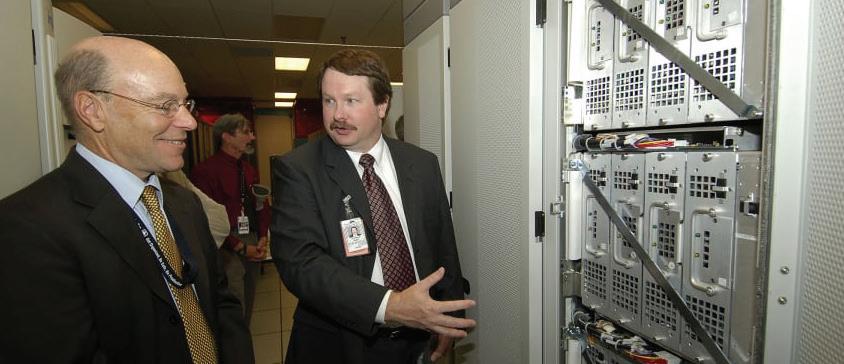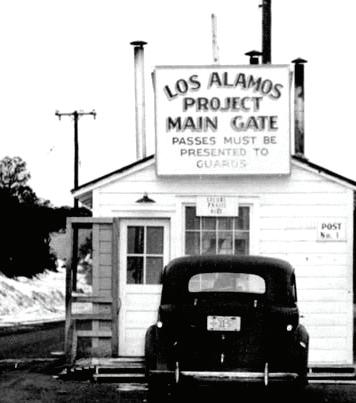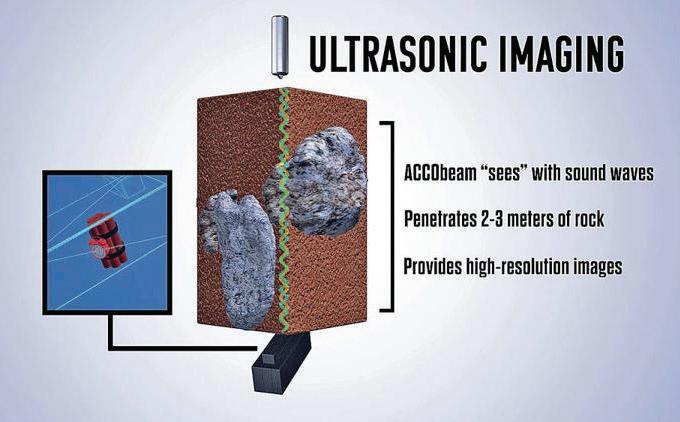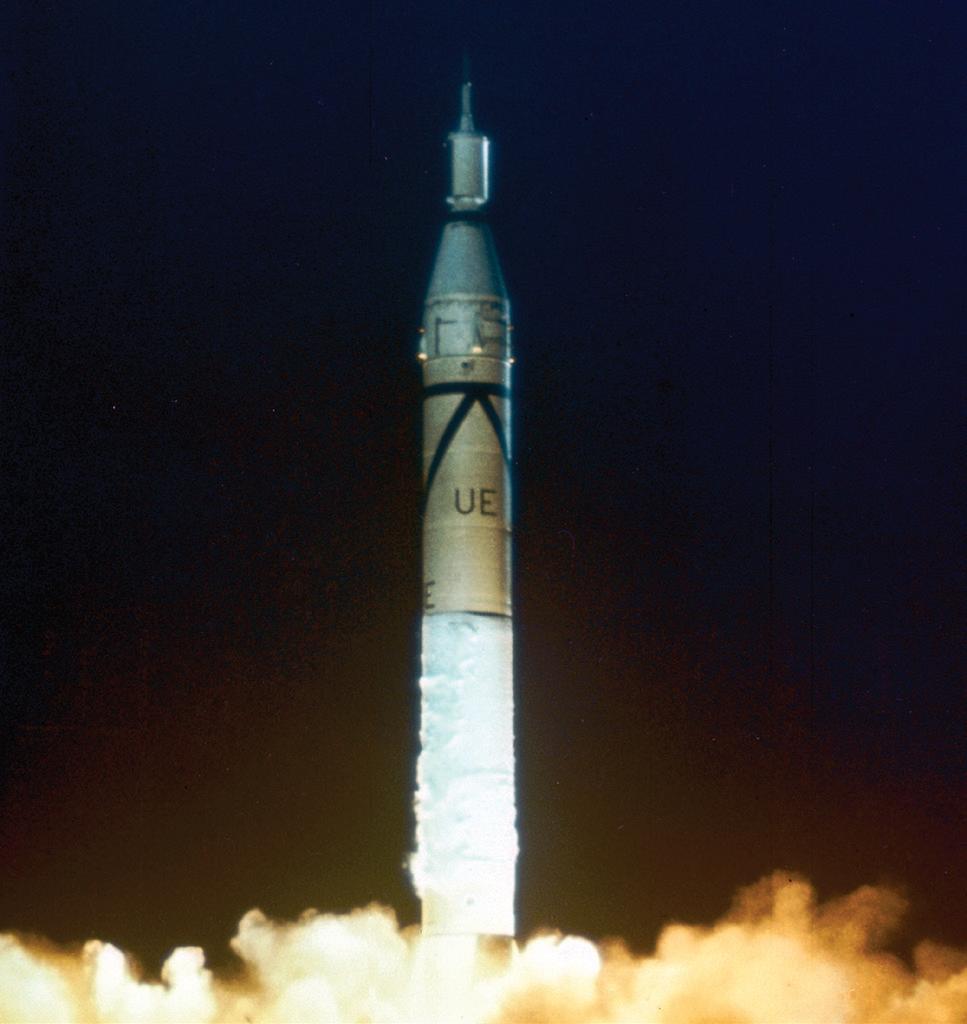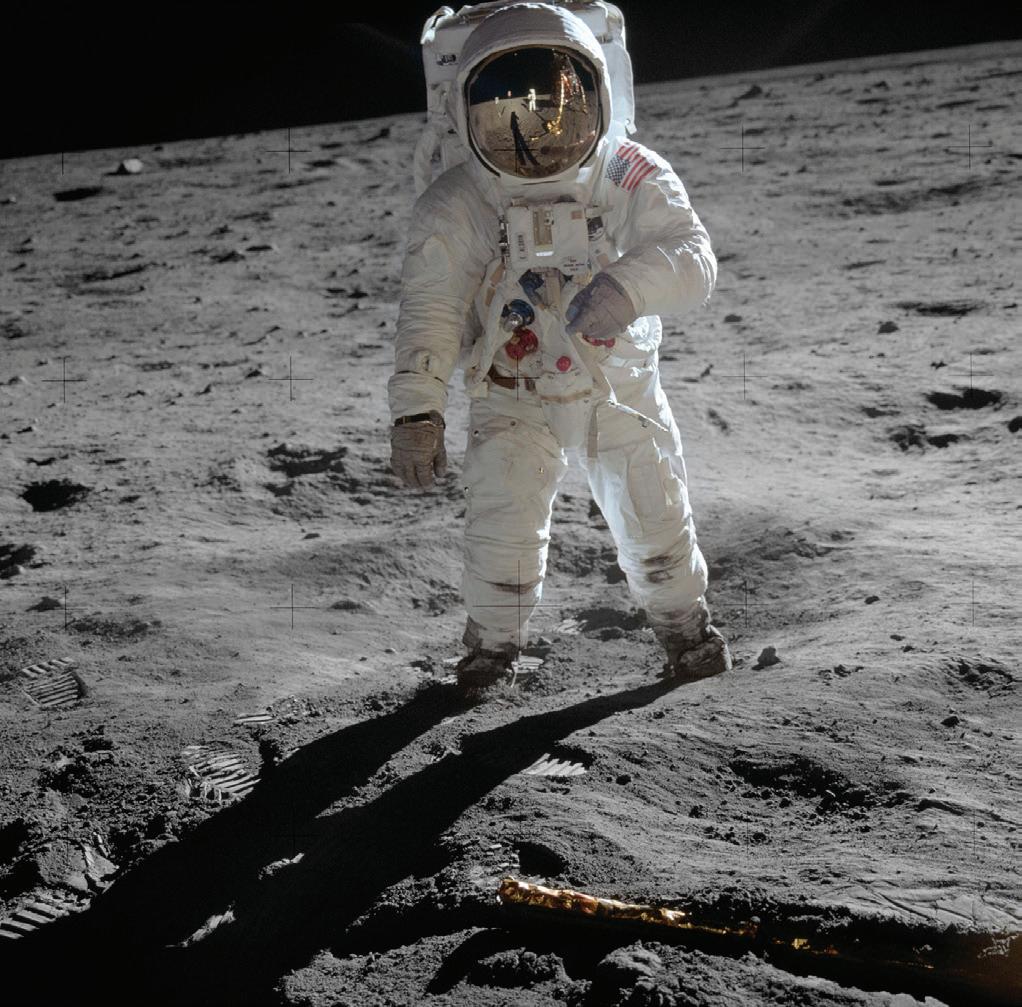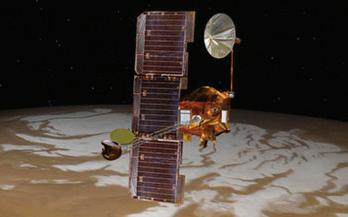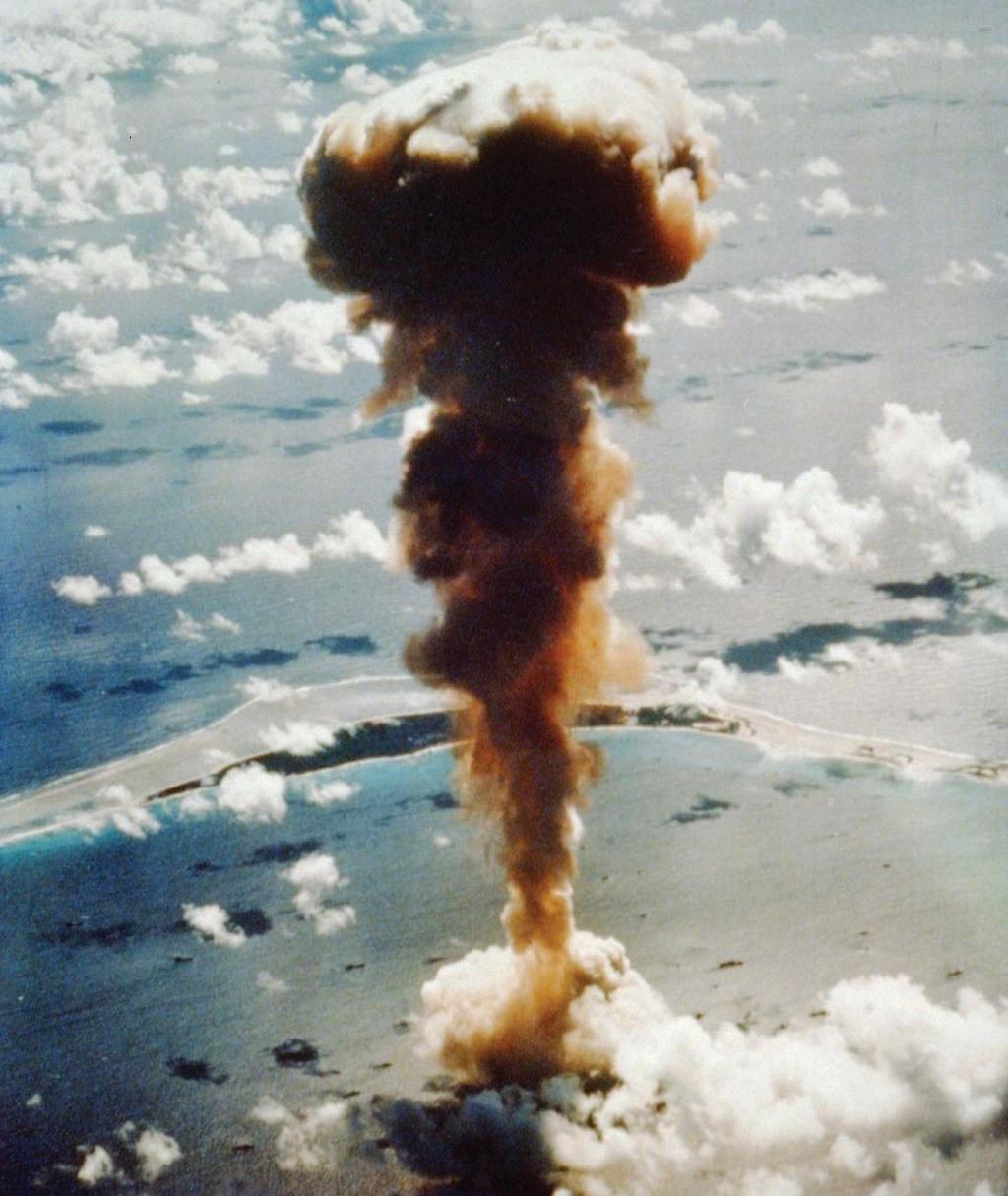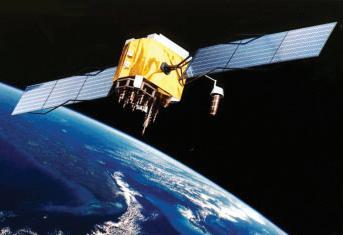
2 minute read
1990s
8
Chromosome 16 Stockpile Stewardship Program
Advertisement
1990s
Manhattan Project: America’s Groundwork for Innovation in
MEDICINE SECURITY COMPUTING SPACE INDUSTRY
Planetary Exploration
When the Pathfinder spacecraft hit the surface of Mars on July 4, 1997, it bounced and rolled rather than experiencing a crash landing, largely as a result of airbags designed by Sandia and NASA’s Jet Propulsion Laboratory. The airbags were based on parachute technology developed for nuclear weapons.
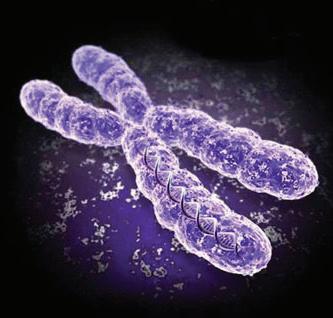
Decoded DNA
In 1990, the National Labs joined with the National Institutes of Health and other laboratories to kick off the Human Genome Project, an international collaboration to identify and map all of the genes of the human genome.
A major responsibility of the Los Alamos during the HGP was to sequence the 90.4 million base pairs of chromosome 16 and to construct a detailed, high-resolution map showing the location of each of its approximately 1,300 genes. The task was especially challenging because the chromosome has a larger-than average proportion of duplications— long sections of repeating DNA.
Supercomputer Speed Record Z Machine Highest Output
Stockpile Stewardship Program
In 1992, a national and international moratorium on nuclear testing signified the end of the nuclear arms race, dramatically affecting the Nation’s two nuclear weapons laboratories—Livermore and Los Alamos— and engineering laboratory Sandia. However their central missions remain focused on national security science and technology. Although the U.S. stockpile of weapons is smaller than it used to be, nuclear deterrence remains an integral part of national security policy. In 1995, the Stockpile Stewardship Program (SSP) was born.
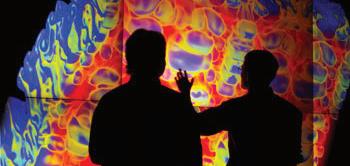
Supercomputer Speed Record
Achievement of the one-trillion-operations-per-second computing milestone ushered in a new era in which high-fidelity 3-D simulation enabled scientists to pursue the goal of preserving a safe, secure and reliable nuclear deterrent without underground testing. Victor “Vic” Reis retired from the Department of Energy in March of 2017. He is best known as the architect and original sponsor of the U.S. nuclear Science Based Stockpile Stewardship Program and its associated Accelerated Strategic Computing Initiative. On November 3, 2017, current and former DOE lab directors, colleagues and contemporaries of Reis gathered at Lawrence Livermore National Laboratory to honor him with the John S. Foster Jr. Medal, recognizing Reis for his significant contributions to national security, his innovative leadership in science and technology, and his dedication to national service, particularly for guiding the Nation’s nuclear program through an uncertain time of budget cuts and the end of underground testing.
